Detailed navigation
24. 7. 2023
Wikov exploits the benefits of energy efficient design and lubrication for rubber manufacturers
Many of the driven machines used in the rubber industry are highly demanding on the powertrain. The gearbox - usually acting as the speed reducer - and the rest of the powertrain need to cope with unpredictable loading and potential overloads. At the same time, operators face pressure to enhance durability, reliability and efficiency while reducing operational and maintenance costs.
There are efforts to eliminate gearboxes from the powertrain completely. However, when a higher speed reduction ratio is required, direct drive is rarely a cost-effective solution.
At present, parallel shaft gearboxes are mainstream in the rubber industry. These are being constantly improved using the latest computer-aided engineering (CAE) tools, design standards, materials and manufacturing processes. However, the potential for radical improvement in terms of size and weight is limited.
In this context, planetary gearboxes offer a robust solution with an excellent power to weight and size ratio. Gearbox durability is maintained or enhanced, while overall size and weight are significantly reduced. Consequently, we are seeing a clearly visible cross-industry shift away from parallel shaft towards planetary gearboxes.
Planetary gearboxes have been around for decades, centuries even, without any major changes to the traditional design approach, where three planets are mounted in a rigid carrier. However, while this solution offers several advantages over parallel shaft alternatives, there remains considerable scope for innovation in terms of both efficiency and performance.
Wikov pins down the solution
As in every industry, rubber manufacturing plants are under constant pressure to increase performance and productivity, while reducing unplanned downtime. As such, condition monitoring systems for various pieces of equipment, including gearboxes, are becoming increasingly common. This does not, however, reduce the pressure on gearbox manufacturers to make them more reliable, while reducing the total cost of ownership.
Wikov has a long tradition in supplying gears, not only to the rubber industry, but also to many other sectors. This high level of diversification allows the company to transfer both expertise and technology, as it has done in the case of flexible pin technology for the rubber industry.
In 2014, Wikov supplied a tire manufacturer with a custom-designed planetary gearbox for their 320-litre mixer. This gearbox was 6 tons lighter than the original parallel shaft design, with a significantly smaller footprint and c. 1% greater efficiency. The only disadvantage was the longer lead time.
The Wikov team decided to use its Orbi-fleX® planetary gearbox catalogue as a baseline, leaving the planetary stages as they are and adding a high-speed and low speed split (friction) module. This approach was applied to the latest rubber mixer gearbox delivered to Trelleborg, where a 2 -stage 680 size Orbi-fleX® gearbox was used as the baseline (Fig. 1). The overall weight of the planetary gearbox, with 1.5MW of input power and total gearbox ratio 30:1 , is 9,600 kg - 36% lower than the 15,000 kg minimum weight of the parallel shaft alternative.
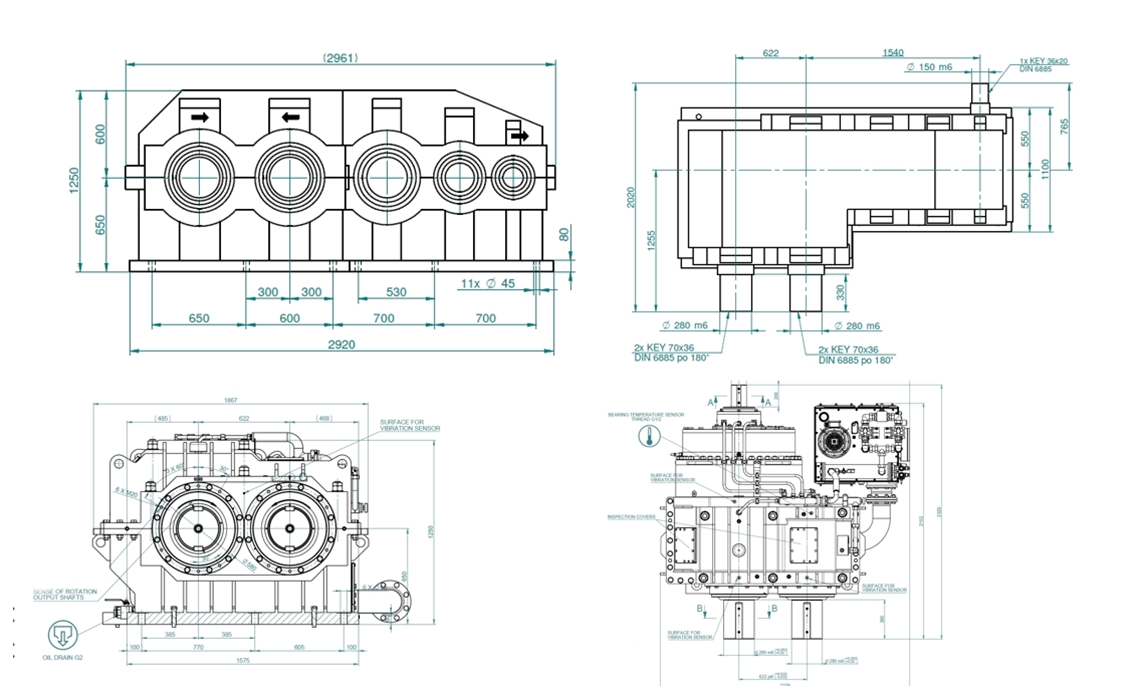
Fig. 1 – Parallel shaft vs. Orbi-fleX® based planetary gearbox for rubber mixer – footprint comparison
A further benefit is that the input shaft position can be laid out so as to make separate left and right hand gearboxes unnecessary, allowing one type of gearbox to be used for both arrangements.
Moreover, using a planetary gearbox for such an application can increase efficiency by almost 1%. This is because, despite having more components in the gearbox, they are all smaller – in the case of gears with lower sliding velocities, and thus reduced friction losses. Depending on the size of the driven machine, a gearbox efficiency increase of this magnitude can generate savings of 13,000 EUR per mixer per annum (calculated on the basis of the EU average energy price of 120 EUR/MWh on 21 January 2023).
Energy consumption is further reduced thanks to the significantly lower rotational moment of inertia of the planetary gearbox versus parallel shaft. This makes control of the complete powertrain easier, especially during acceleration and deceleration phases, while bringing additional energy savings.
Efficient equipment requires efficient lubrication
Energy efficiency is about more than simply the hardware, however. With the delivery of Wikov’s new generation Orbi-fleX® gearbox to Trelleborg, the company recommended it be filled with Mobil SHC Gear™ 320 synthetic gear oil. This high-performance product has been formulated to protect industrial gearboxes and help extend oil life in some of the most extreme conditions of load, speed and temperature. Moreover, testing indicates these oils can significantly reduce energy consumption in many gearboxes – up to 3.6 percent[1] versus conventional oil. In addition to the gearbox being much smaller, lighter and more efficient, therefore, Mobil SHC Gear™ 320 is expected to help contribute towards extended gearbox life and trouble-free operation, thus helping reduce both maintenance costs and downtime.
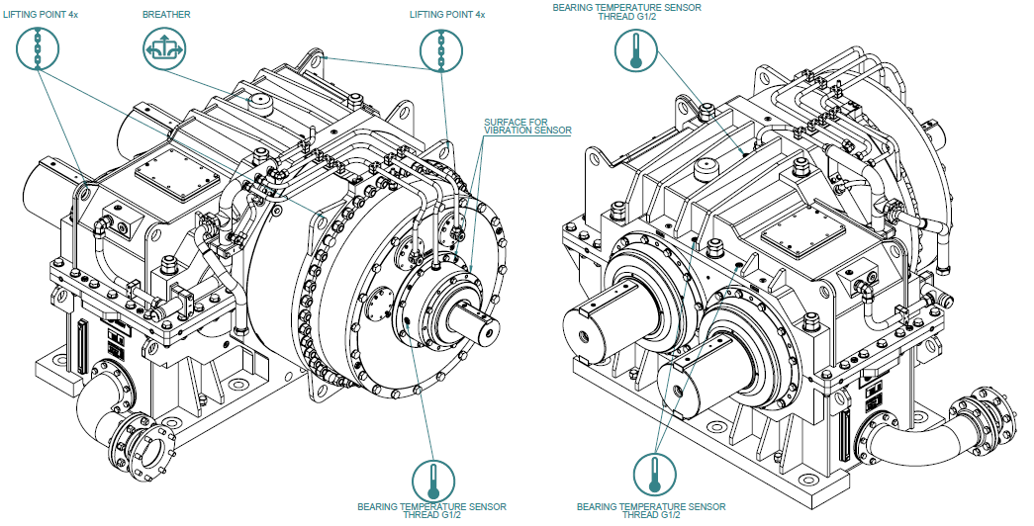
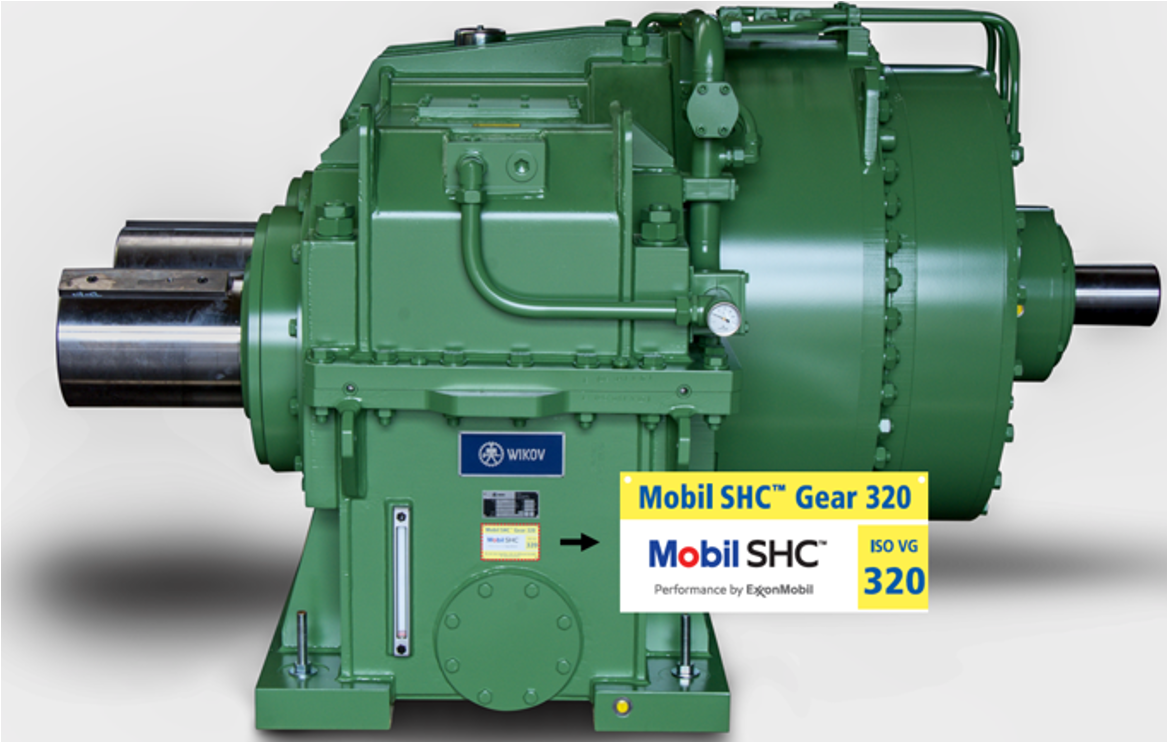
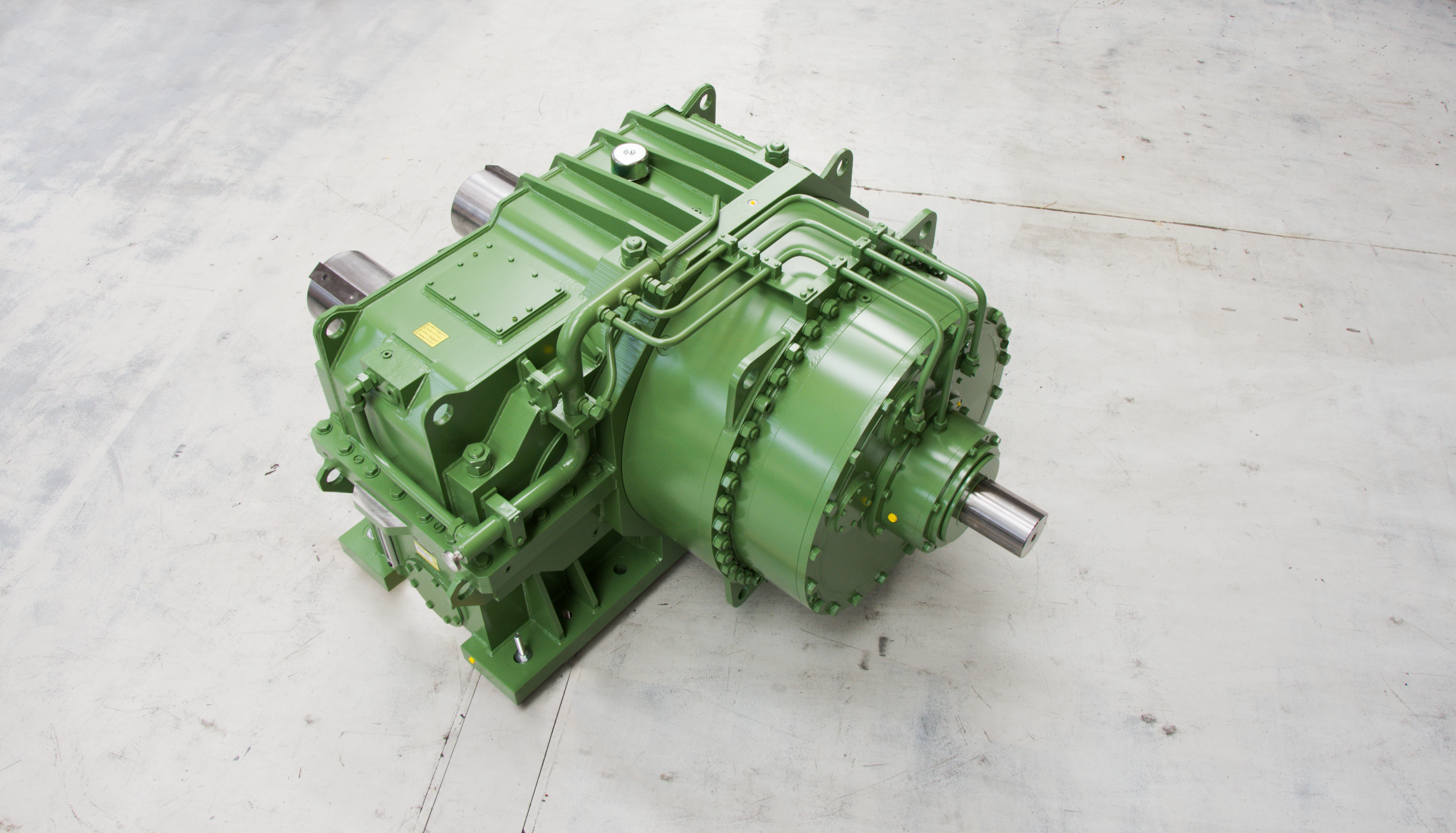
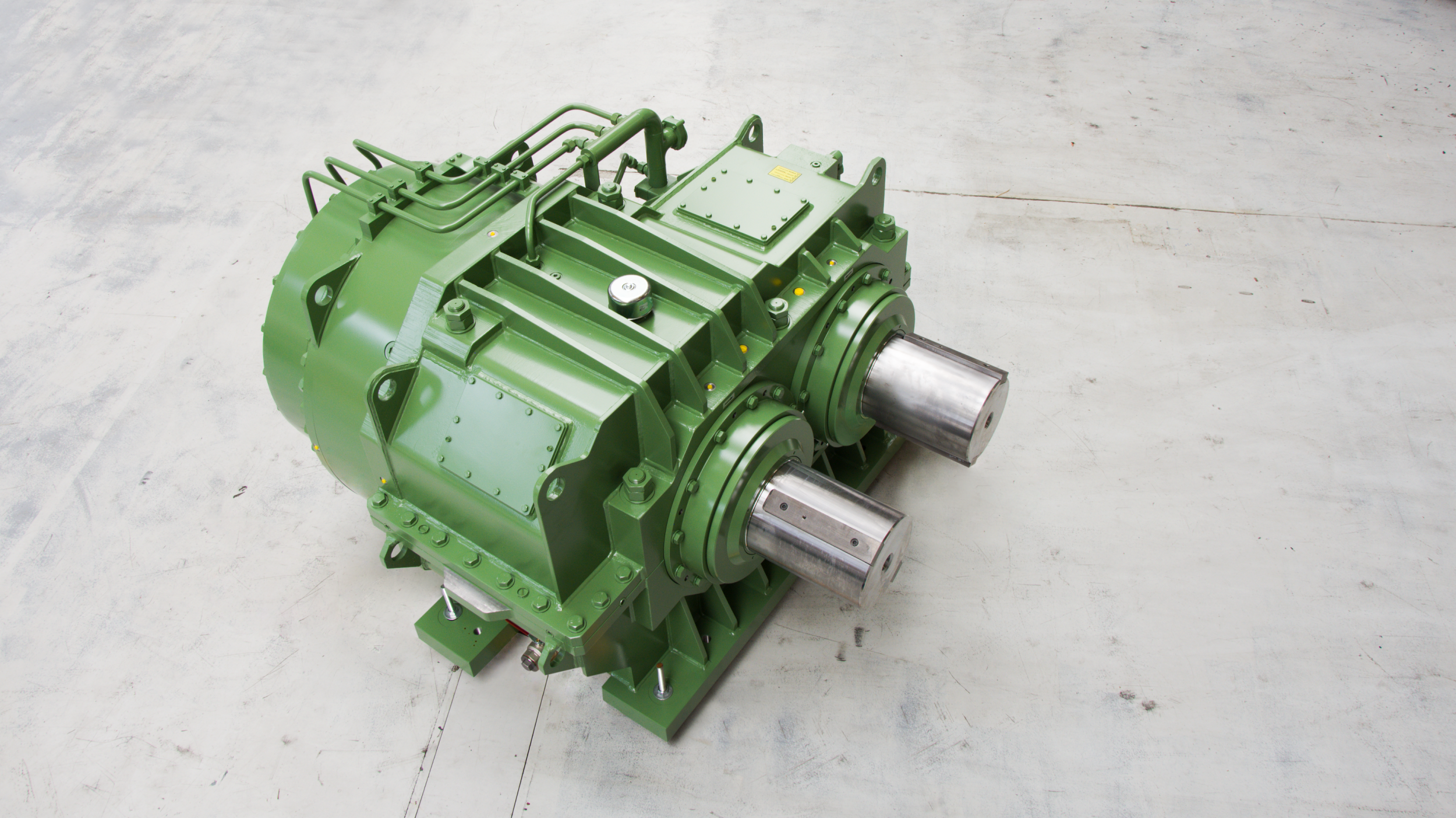
Summary
Extensive field trials prove that Orbi-fleX®-based flexible pin planetary gearboxes offer many advantages over traditional designs, at the same time as being cost effective. They can help advance the optimization of rubber manufacturing equipment significantly, both in terms of space requirements and electrical energy savings. In general, planetary gearboxes offer a high level of potential modularity, thus enhancing cost and delivery time reductions without compromising overall performance. For these reasons, we are seeing the most rapid growth in these models across the gearbox market generally and expect the rubber industry to follow suit.

[1] Energy efficiency relates solely to the fluid performance when compared with conventional reference oils of the same viscosity grade in gear applications. The technology used allows up to 3.6 percent efficiency compared with the reference when tested in in circulating and gear applications. Efficiency improvements will vary based on operating conditions and applications.